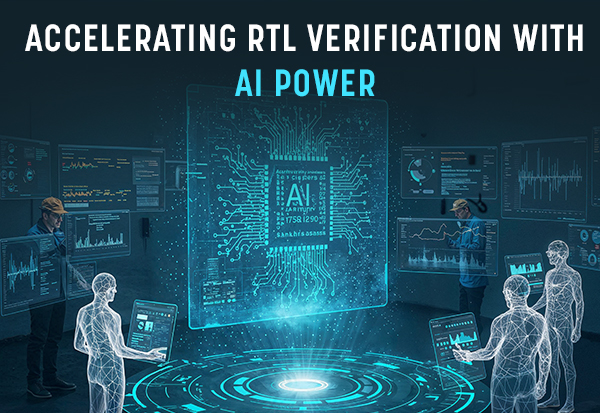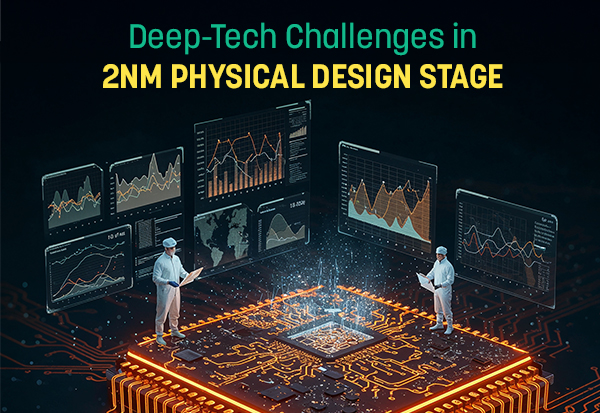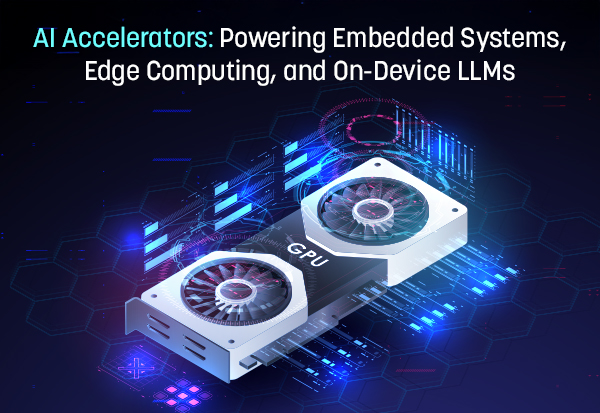Verifying AI Chips at RTL: How Foundation Models Are Transforming Design Assurance
Verifying AI Chips at RTL: How Foundation Models Are Transforming Design Assurance Modern AI chips are not general-purpose processors. Their RTL design logic is optimized not for instruction throughput, but for dataflow acceleration, parallel computation, and high-efficiency matrix operations. These chips integrate systolic arrays, sparsity-aware data paths, configurable tensor engines, and hierarchical memory systems. This […]











